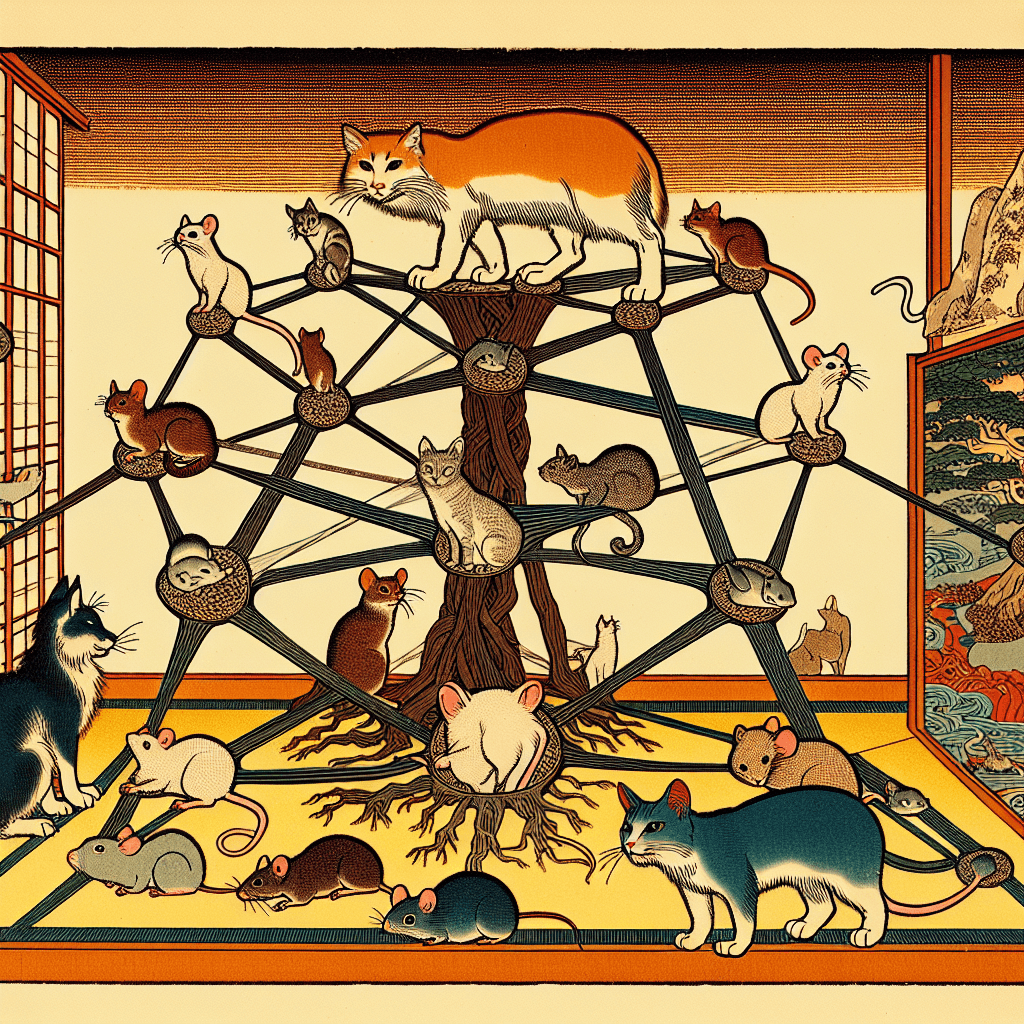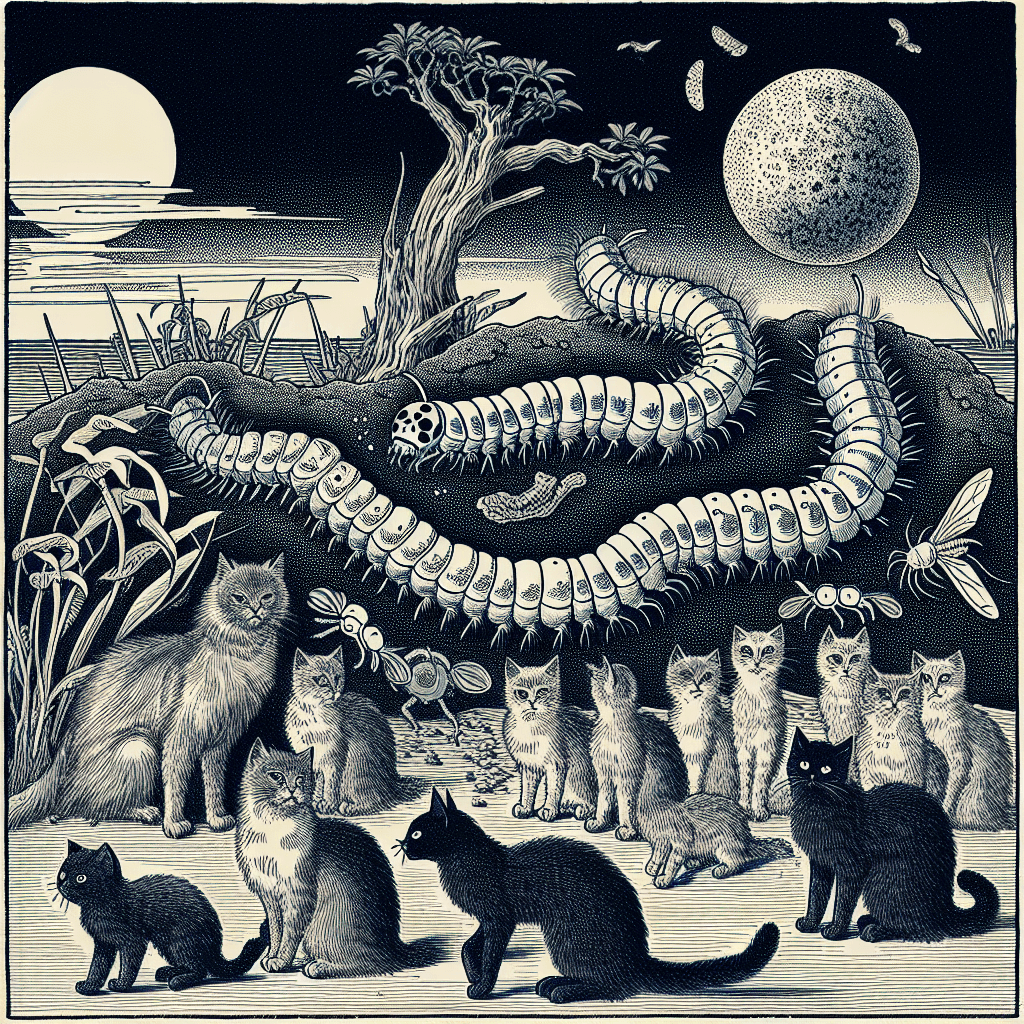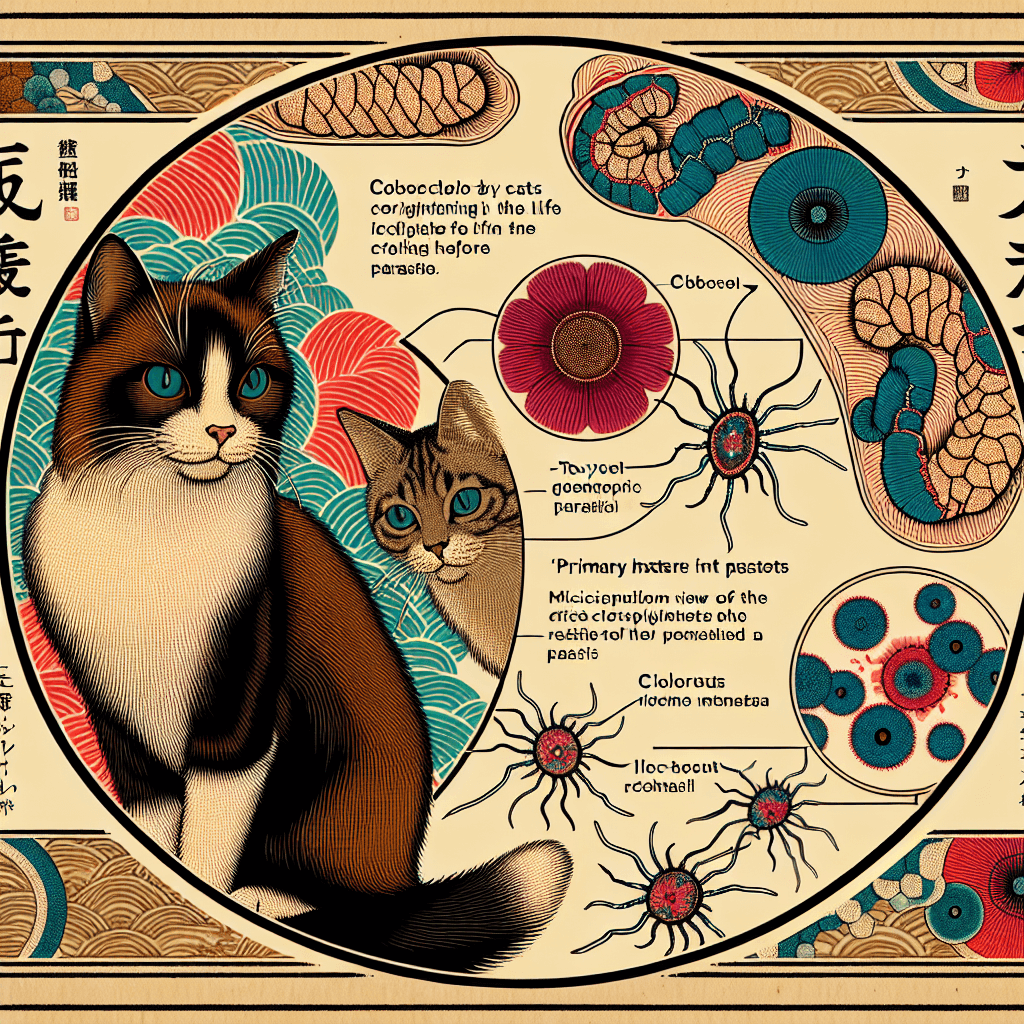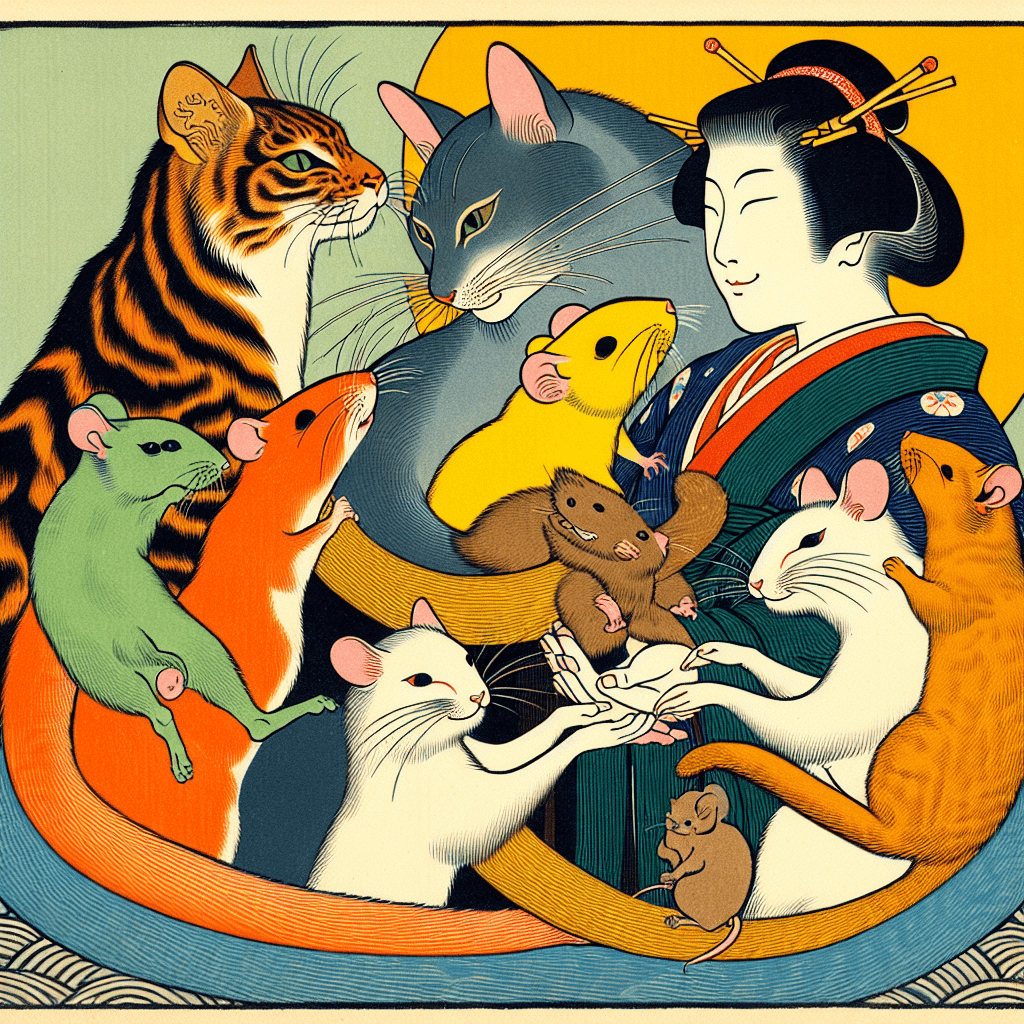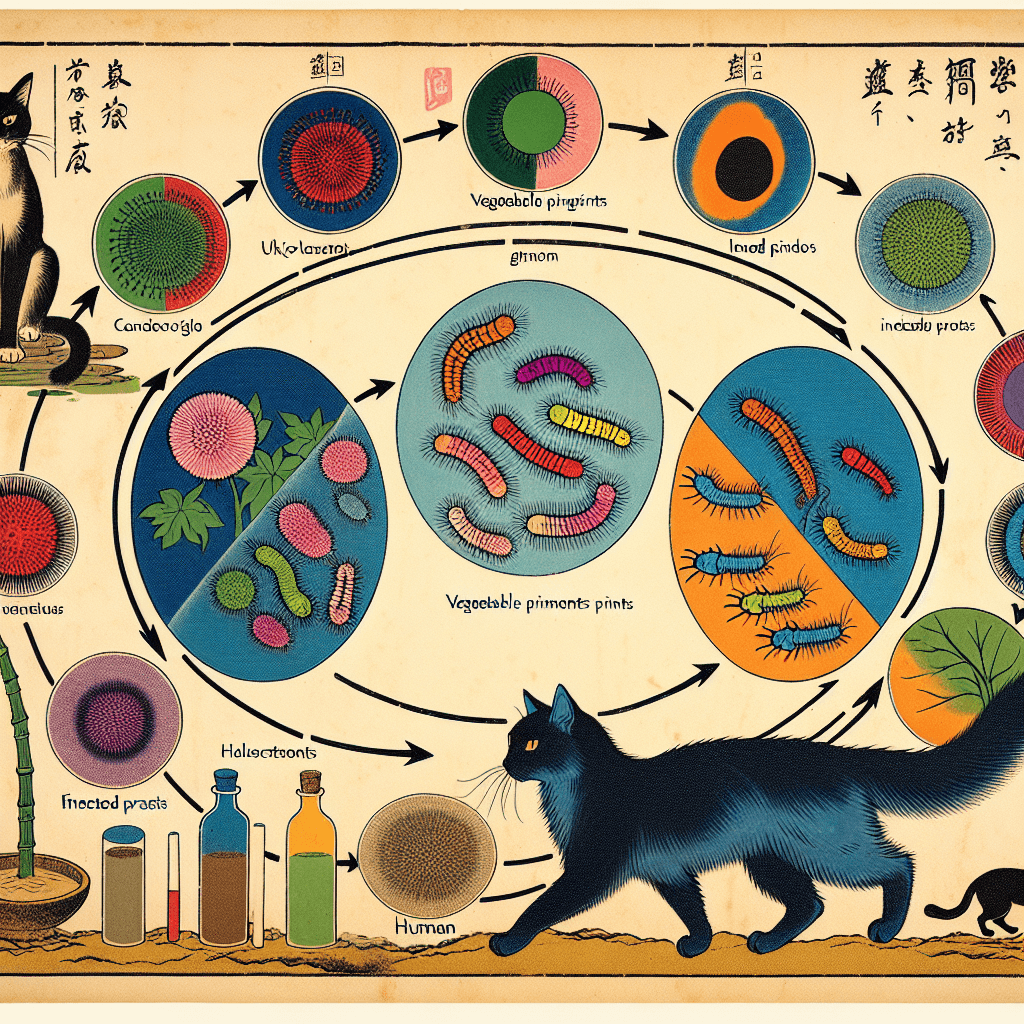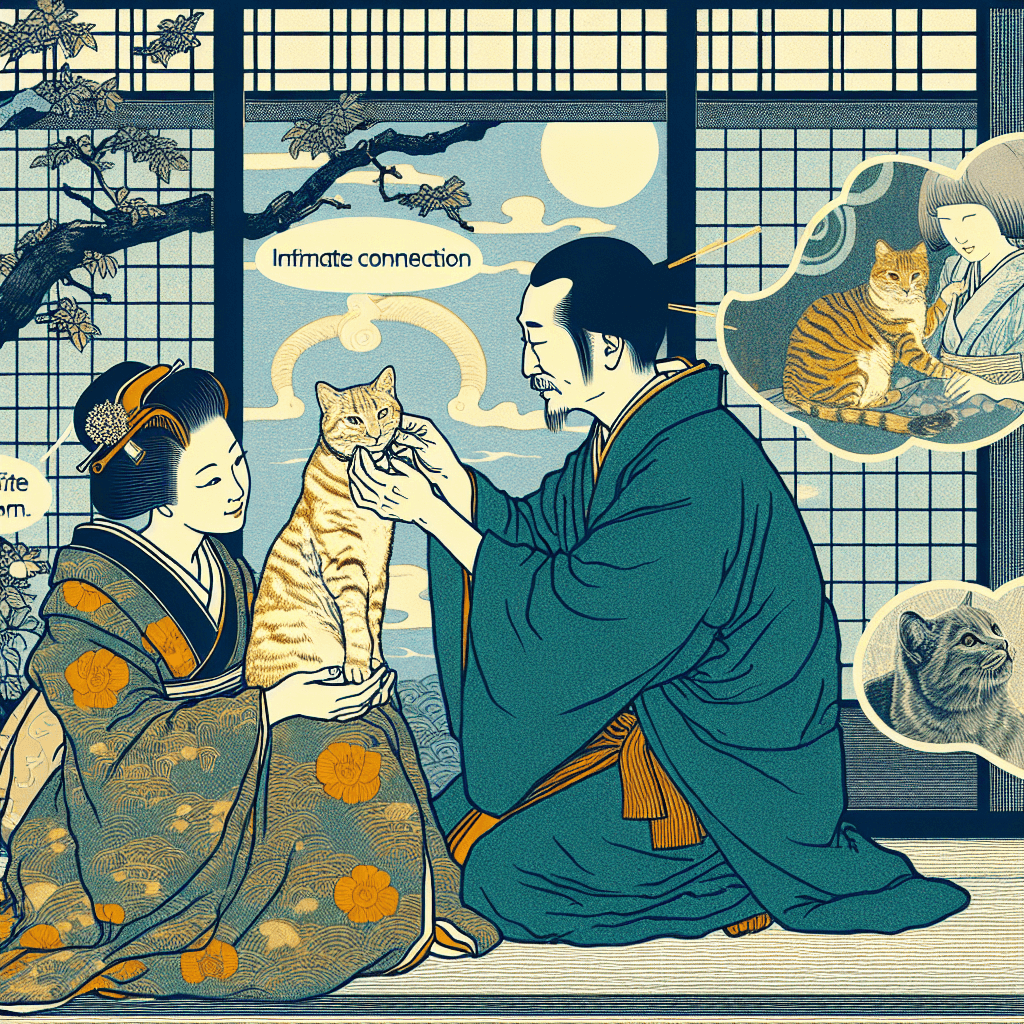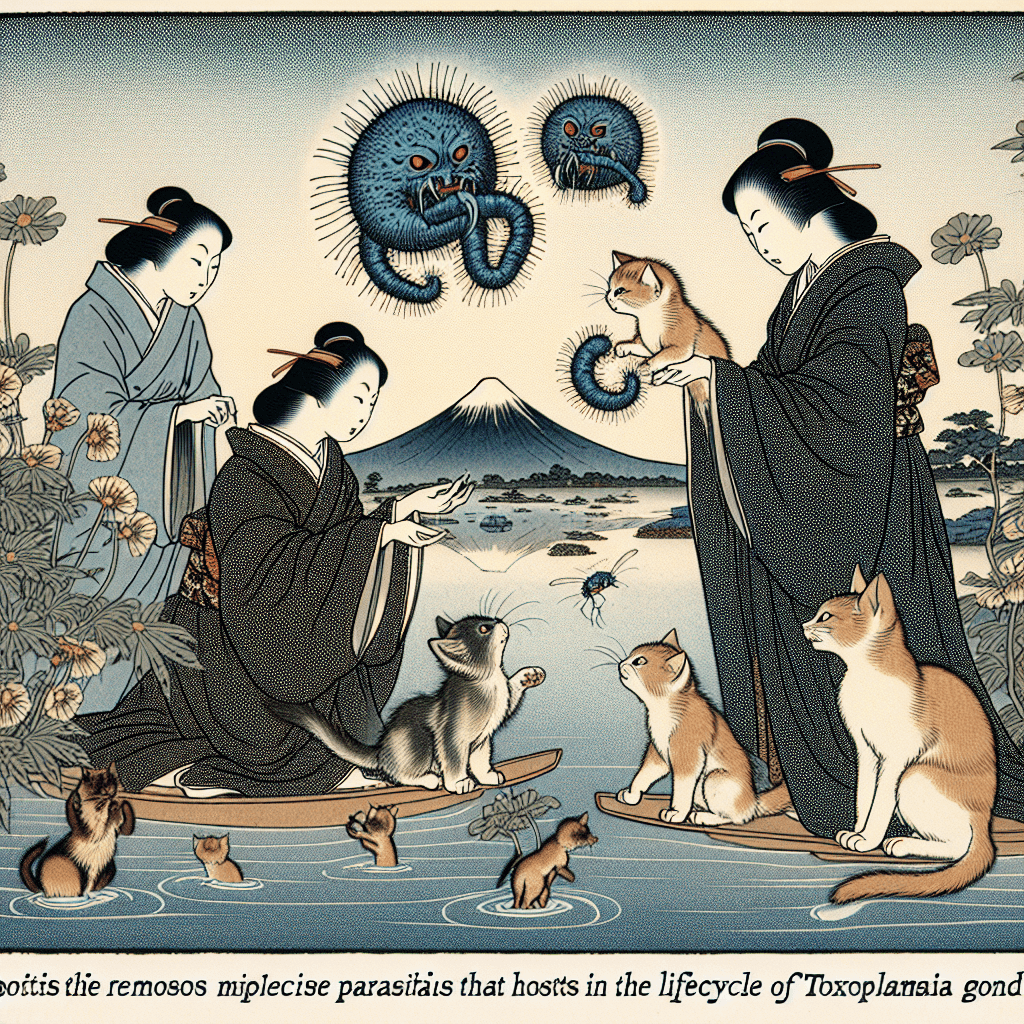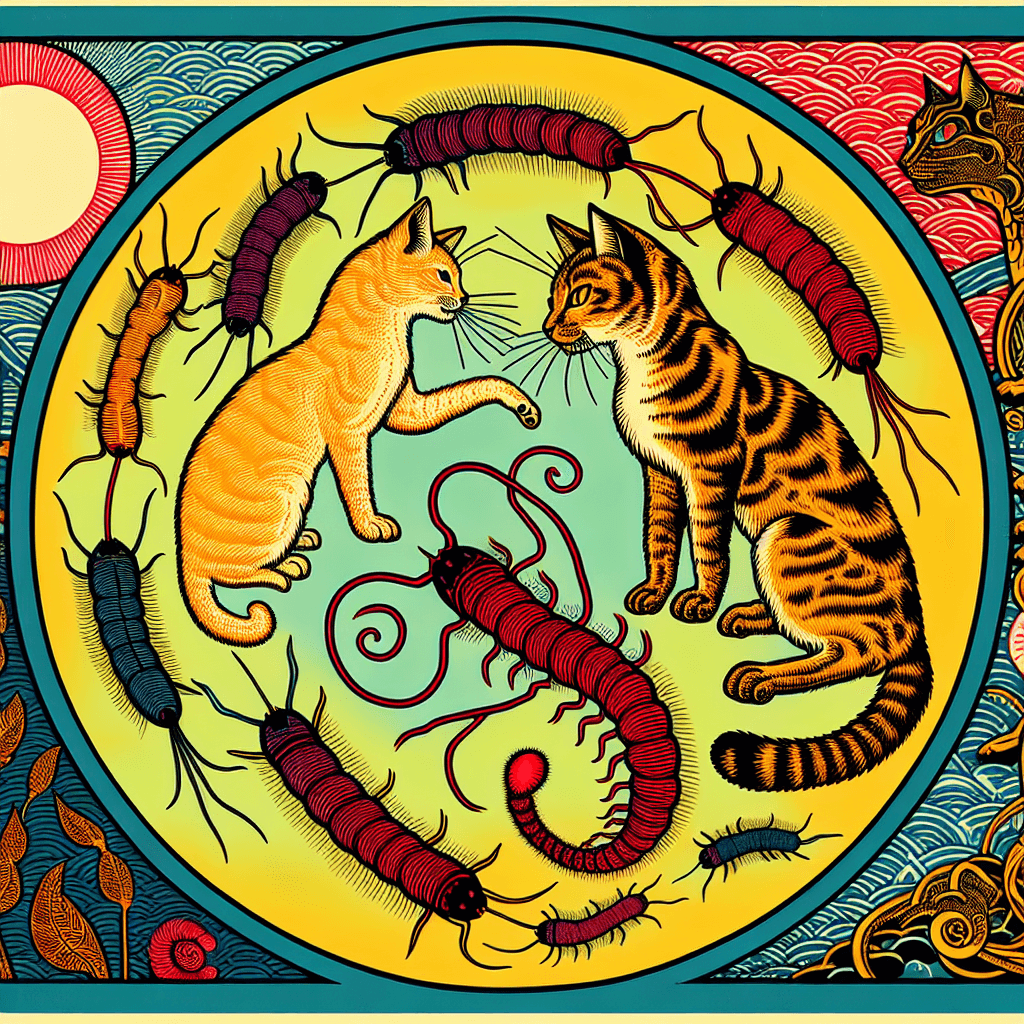Exploring the Role of Cats in the Lifecycle of *Toxoplasma gondii*-1
syndu | Oct. 3, 2024, 7:58 p.m.
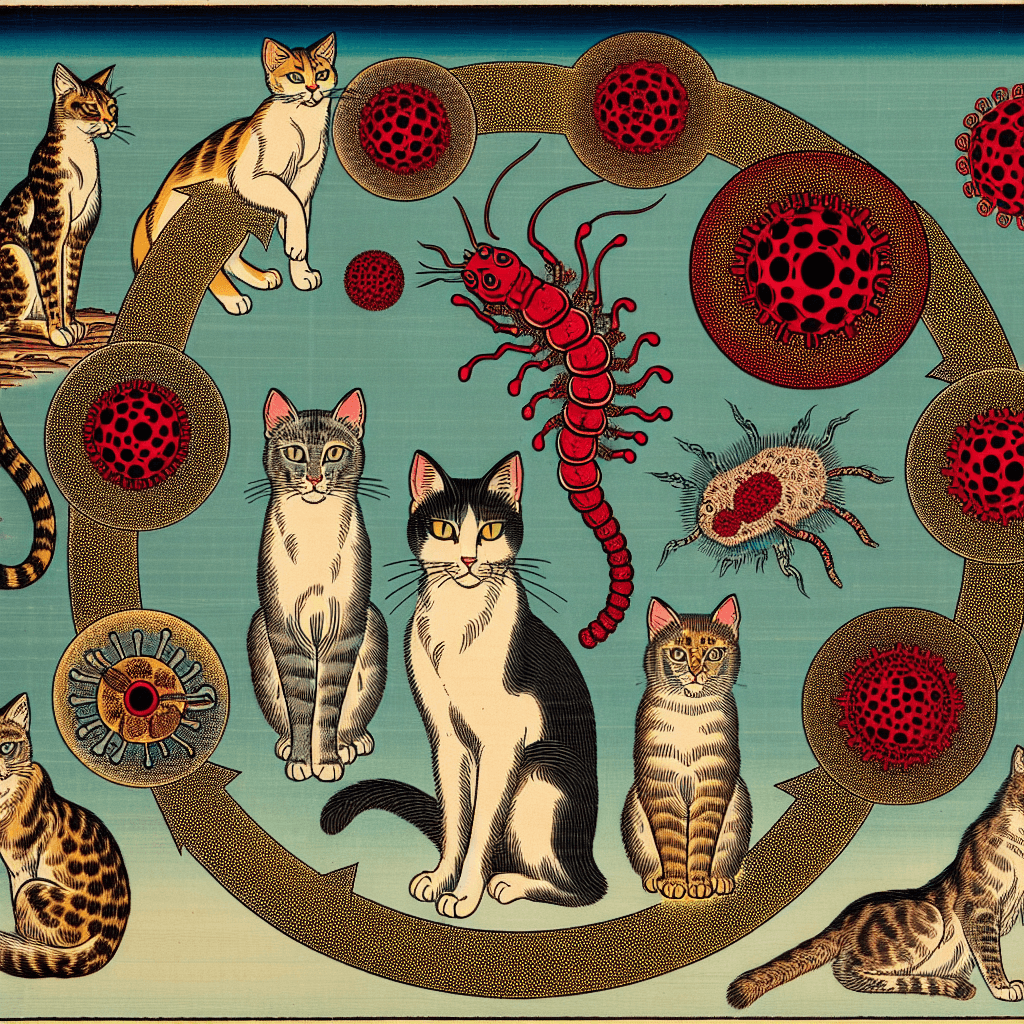
Exploring the Role of Cats in the Lifecycle of Toxoplasma gondii
Introduction
Cats have long held a significant place in human culture, surrounded by mystery and allure. Understanding the role of cats in the lifecycle of Toxoplasma gondii (T. gondii) can offer insights into their impact on both ecosystems and human societies. This post aims to delve into the biological and historical significance of cats within the lifecycle of T. gondii.
The Biological Role of Cats in T. gondii Transmission
T. gondii is a protozoan parasite known for its complex lifecycle, with cats serving as the only definitive hosts. This relationship is crucial for the parasite's propagation and survival.
Lifecycle Overview
- Ingestion of Oocysts: Cats become infected by ingesting oocysts from contaminated environments or prey.
- Intestinal Phase: Sexual reproduction of T. gondii takes place inside the cat’s intestines.
- Shedding of Oocysts: The process by which oocysts are shed in cat feces, leading to environmental contamination.
- Transmission to Intermediate Hosts: The route through which other animals, including humans, get infected.
Impact on T. gondii's Spread
Cats play a pivotal role in environmental contamination with oocysts, spreading T. gondii to intermediate hosts like humans, livestock, and wildlife.
Environmental Contamination
This involves the contamination of soil and water by oocysts, affecting agriculture and increasing the risk of transmission through food.
Human Exposure
Exposure risks stem from pet ownership and inadequate hygiene practices, as well as dietary habits such as consuming undercooked or contaminated meat.
Historical and Cultural Significance
Throughout history, the relationship between humans and cats has influenced the spread of T. gondii.
Ancient Egypt
Cats were revered and associated with the goddess Bastet, playing vital roles in controlling rodent populations and facilitating T. gondii spread.
Cats were revered and associated with the goddess Bastet, playing vital roles in controlling rodent populations and facilitating T. gondii spread.
Modern Times
Today, cats are popular pets. Awareness of T. gondii has increased, leading to public health initiatives and improved hygiene practices.
Conclusion
In summary, cats play a crucial role in the lifecycle of T. gondii, illustrating a complex interplay between biology and society. Responsible pet ownership and public health initiatives are essential in mitigating the risks associated with T. gondii.
This outline provides a structured approach to exploring the biological and historical interactions between cats and T. gondii, highlighting their significance in both ecological and cultural contexts.
